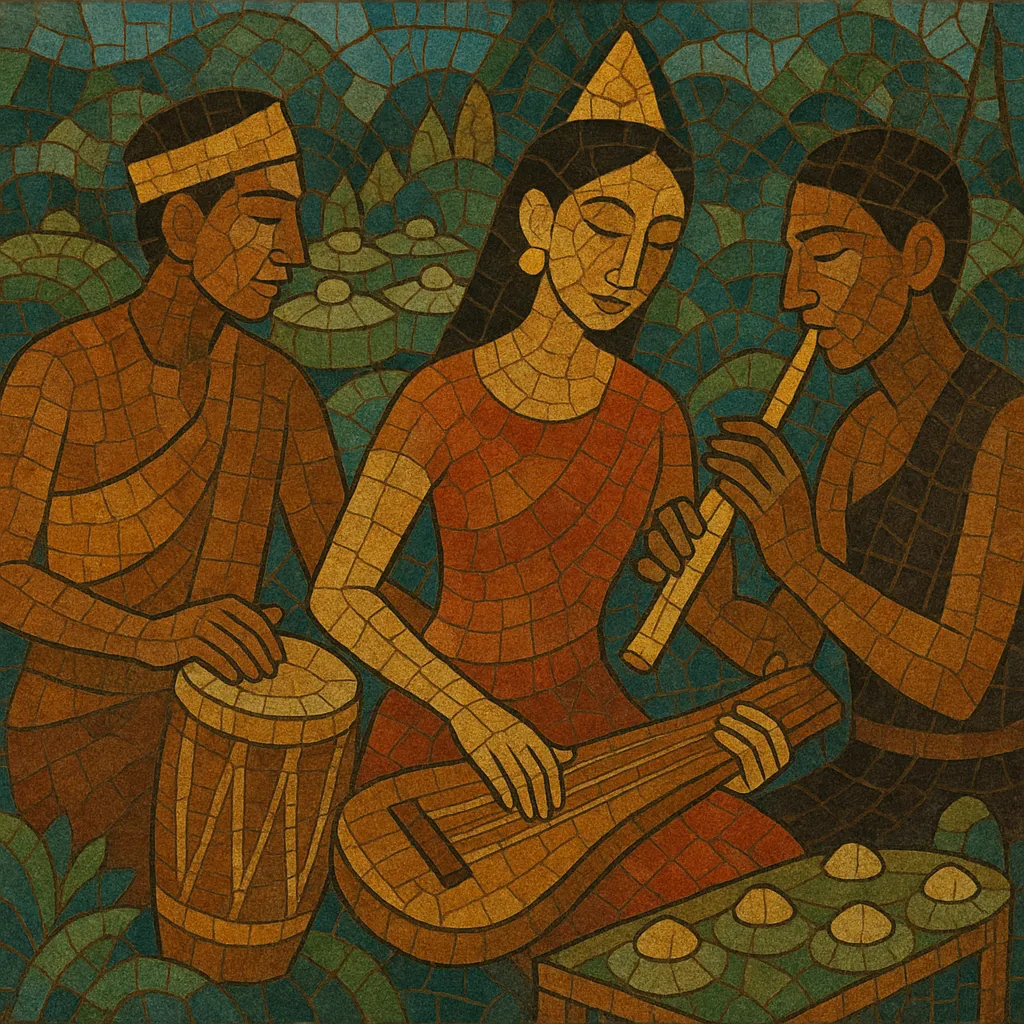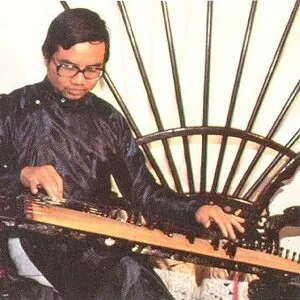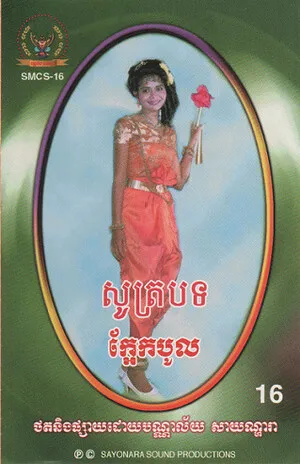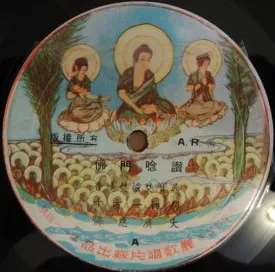Southeast Asian folk music is an umbrella for the traditional, community-rooted musics of Mainland and Island Southeast Asia, including Indonesia, Malaysia, Thailand, Cambodia, Laos, Vietnam, Myanmar, the Philippines, Brunei, Singapore, and Timor. It includes work songs, dance musics, epic recitations, ritual chant, courtly entertainment, and village festivities.
Across the region, common sonic traits include gong-chime and metallophone ensembles, cyclical/colotomic timekeeping, heterophonic textures (multiple voices ornamenting the same melody), and pentatonic and modal pitch systems (e.g., sléndro/pélog, Thai/Lao modal families, Vietnamese hơi). Instruments such as the kendang and rebana (drums), khlui and suling (flutes), khaen (mouth organ), various zithers (đàn tranh, kacapi), lutes (gambus, chapei), fiddles (rebab, đàn cò), and bamboo idiophones are central.
The repertoire serves social and spiritual functions: animist and Buddhist rituals, Islamic festivities, harvest and rice-cycle ceremonies, courtship, historical storytelling, and communal dance. While deeply local, it has absorbed centuries of influence from Indian, Chinese, and Islamic musical cultures carried by trade, migration, and religion.
Indigenous musical practices arose alongside animist cosmologies and rice agriculture, using bamboo, skin drums, and early gong-cult instruments. Music functioned in ritual healing, communal dance, and oral storytelling. Maritime and overland trade routes already linked the area with South and East Asia, beginning a long arc of cultural exchange.
From roughly the 10th century onward, Hindu–Buddhist and then Theravada Buddhist polities helped consolidate theatrical and ceremonial forms. Indian musical concepts (modal thinking, epic recitation, dance-drama) and Chinese court aesthetics (ensemble organization, organology) were localized. Court and temple patronage standardized some ensembles and repertories, while village folk styles continued to evolve in parallel.
In the Malay world and western Indonesia, Islamization introduced Arabic–Persian melodic practices and devotional genres, inspiring frame-drum traditions (rebana) and sung poetry (qasidah). Trade circulated instruments (gambus, rebab), rhythmic cycles, and poetic meters that interwove with existing folk forms.
Colonial encounters brought brass bands, string ensembles, and new notations, while early recording and radio disseminated local folk forms beyond their home regions. Urban migration fostered hybrid idioms that blurred folk, court, and popular spheres, yet village rites and seasonal cycles still anchored folk performance.
National cultural programs and university ensembles documented, taught, and staged folk repertoires. Artists fused folk idioms with pop, rock, and jazz, creating Thai luk thung and mor lam, Indonesian dangdut, Filipino contemporary folk, and global “world” fusions. Today, revitalization coexists with innovation: youth scenes sample folk timbres, NGOs support tradition-bearers, and diasporic communities transmit styles abroad.








